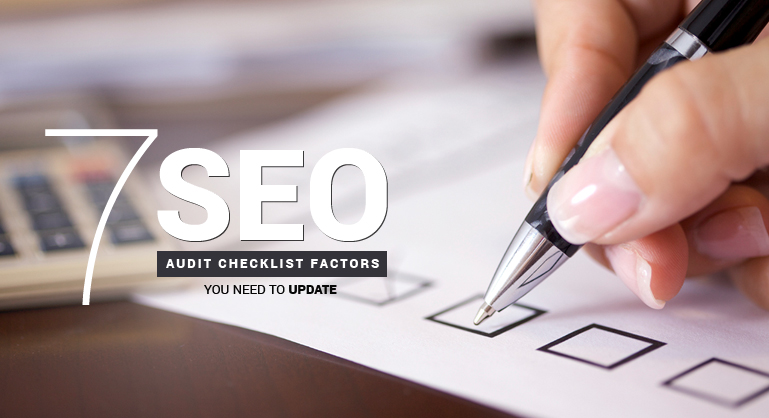What Everyone's Talking About
Check out our updates on Search Engine Optimisation, Social Media Marketing,
PPC Management Content Marketing, Facebook Advertising, e-mail Marketing etc.


Posted on: May 30, 2017
Are you aware that Google considers almost 200 ranking factors while placing websites on its search result pages? It indicates that you need to have an effective auditing process to enhance specific site areas that relates to the ranking factors. To help you in the purpose, we have brought you this SEO audit checklist. It will tell you about certain tools and checks to follow, in case you goit your website penalised and want it to work again. Even if it hasn’t got penalised, the checklist will let you know about your weakest areas that needs improvement. Read on to know how you can grow as a reputed SEO company in the UK.
You must ensure that your web pages are up-to-date and implement as per your unique SEO strategy. For this, you need to check all the following elements:
You can use Screaming Frog settings and advanced settings for this audit.
Watch your Business Grow through Digital Marketing and Search Engine Optimisation with DubSEO.
During your SEO audits, you will find thin contnet to save from penalties. However, there are some more factors associated with your content that impact rankings.
Identifying duplicate content should be taken seriously to improve your rankings and keep it stable. When you identify any such content, fixing them should be your next responsible step.
The objective behind discussing this SEO audit checklist is to update you with various on-site and off-site checks which helps identify several issues. Checking and fixing these faults can help you improve your ranking factors.
Hope it was worth a read!
